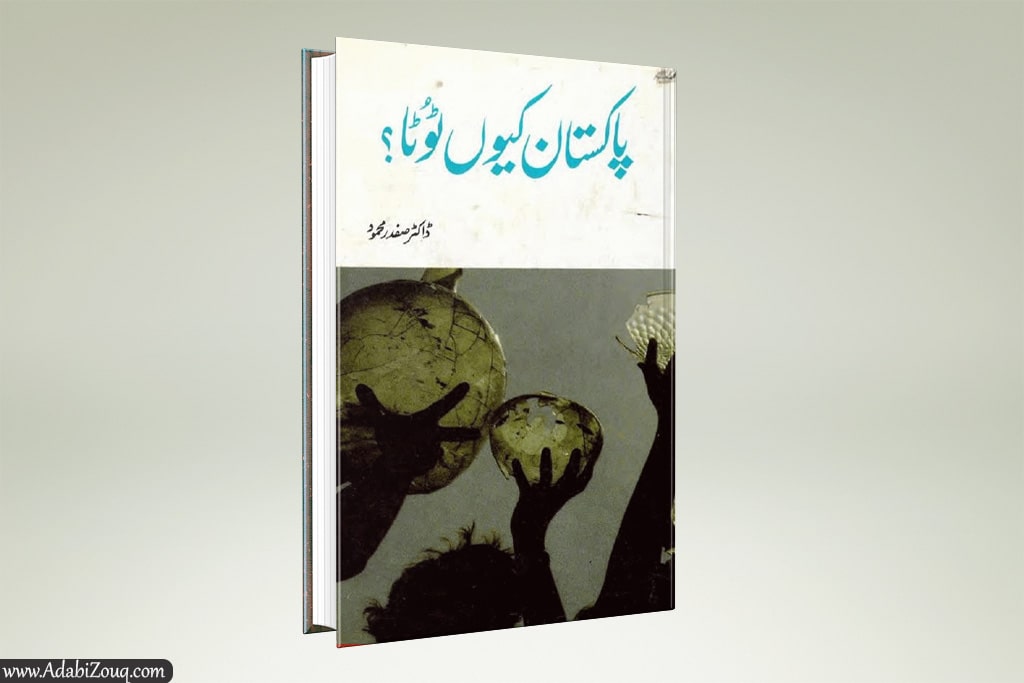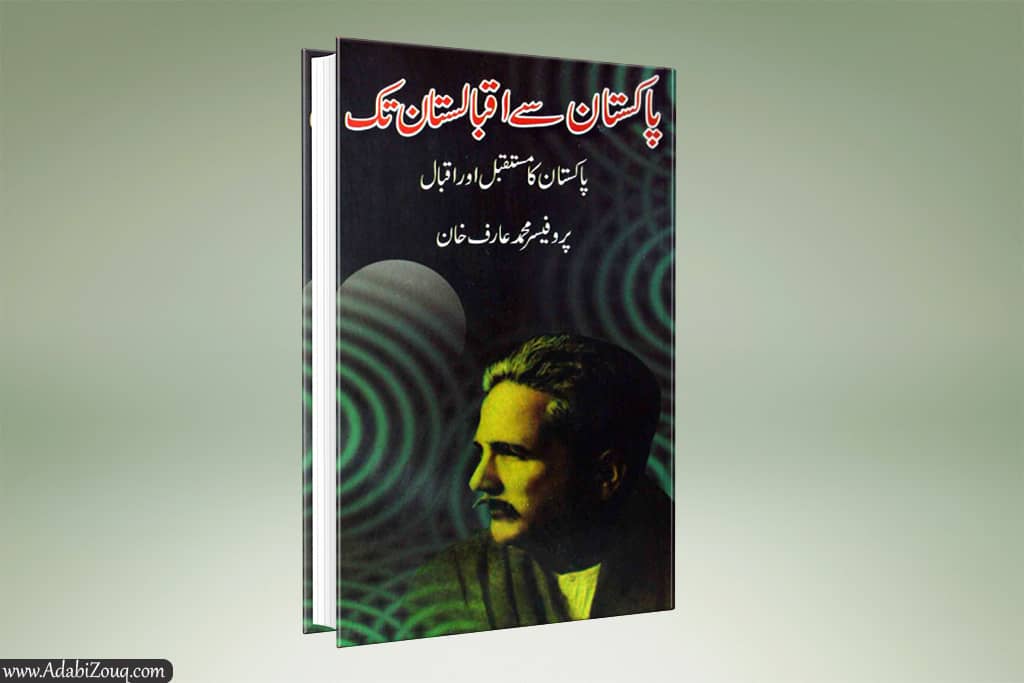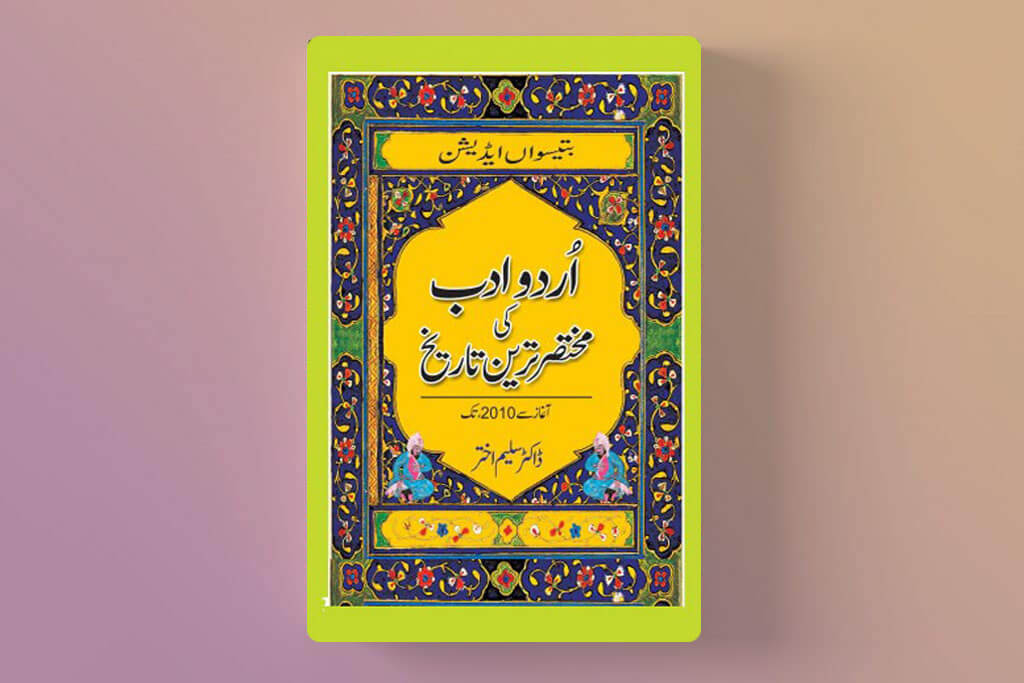The Mughal Dynasty Unveiled: Family Tree Insights for Top Exam Scores

Delving into the history of the Mughal Empire offers a fascinating journey through time, rich with intriguing personalities and pivotal events. A key aspect for students preparing for history exams is to gain a comprehensive grasp of the dynasty’s lineage. This exploration not only enhances academic knowledge but also enriches one’s cultural insight. Being thorough with the Mughal family tree is essential in scoring well in history exams, as it provides a clear framework of this significant period in South Asian history.
The Founding Emperor: Babur’s Legacy
The story of this great dynasty begins with Zahir-ud-din Muhammad, better known as Babur. His establishment of the empire in 1526 laid the foundation for a lineage that would rule for centuries. His background, originating from the Fergana Valley in modern-day Uzbekistan, and his descent from both Timur and Genghis Khan, make his lineage a subject of great interest for history enthusiasts. Babur’s reign, although short, was significant in setting the administrative and cultural tone of the empire. His military strategies and diplomatic skills are critical study points, illustrating how he laid the groundwork for future expansion and governance.
Akbar the Great: Expansion and Administration
Perhaps the most celebrated of the dynasty’s rulers, Akbar’s reign marked a period of immense expansion and cultural integration. His policy of religious tolerance and administrative reforms are key topics in history syllabi. His ability to consolidate power and expand the empire while fostering an inclusive environment showcases his unique approach to governance. Akbar’s lineage, particularly his descendants, played a crucial role in shaping the future of the empire. Akbar’s innovative administrative system, including the introduction of the Mansabdari system, revolutionised the empire’s governance, providing an excellent study case for administrative evolution.
The Zenith: Shah Jahan and Architectural Marvels
Shah Jahan, remembered for his architectural achievements, including the world-famous Taj Mahal, represents the zenith of Mughal architecture. His era is noted for its artistic and cultural advancements. Students can gain insights into the blend of Persian, Indian, and Islamic influences in his constructions. His reign, however, was also marked by a bitter war of succession, which is an important aspect for students to grasp. Shah Jahan’s contributions to city planning, particularly in Delhi, with the construction of the Red Fort and the planning of Shahjahanabad, highlight the blend of practical governance with aesthetic brilliance.
The Decline: Aurangzeb’s Reign and Beyond
The long reign of Aurangzeb is often viewed as a period of decline for the empire. His strict policies and expansionist ambitions stretched the empire’s resources thin. This period is crucial for students to sense the shifting dynamics within the empire and its impact on South Asian history. The latter emperors, leading to the eventual dissolution of the empire, also provide key insights into the changing political and social landscape of the region. Aurangzeb’s focus on religious orthodoxy and military campaigns presents a contrast to his predecessors, offering a complex study of leadership and policy impact.
Empire’s Influence on Modern South Asia
The legacy of this dynasty extends beyond its reign. The empire’s cultural, architectural, and administrative influences are still evident in modern South Asia. This historical account is crucial for students to connect past events with the present socio-cultural fabric of the region. The Mughal family tree, with its intricate web of relationships and power struggles, offers a unique perspective on leadership, governance, and cultural development. The dynasty’s influence on language, cuisine, and traditions highlights the enduring impact of the Mughals on the Indian subcontinent.
In conclusion, deciphering the Mughal family tree is not just about memorising names and dates; it’s about comprehending the impact and legacy of one of history’s most significant dynasties. As students prepare for their exams, delving into this fascinating lineage offers academic knowledge and a deeper appreciation of South Asia’s cultural and historical richness. With this insight, students are well-equipped to achieve top scores and develop a nuanced insight into history.





